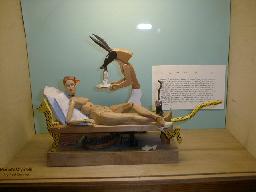
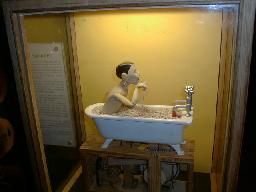
Argentina, February-March 2000
We travelled to Argentina on February 27, 2000. Our first stop was in London where you can visit this marvelous Cabaret Museum. All kinds of moving objects can be seen, and come to life when you press a button.


But then on to Buenos Aires. We stayed with friends so we had ample opportunity to visit the different barrio's of the city when they were at work. Most impressing Barrio and also most touristic is La Boca. La Boca was settled and built up by Italian immigrants along the Riachuelo,, a waterway lined with meat-packing plants and warehouses. Most of La Boca's color springs from the brightly painted houses and roofs of the Camenito, a pedestrian walkway and former rail terminus which takes it name from a popular tango.
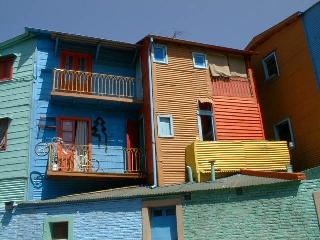
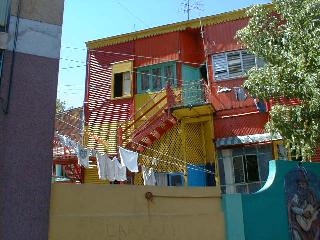
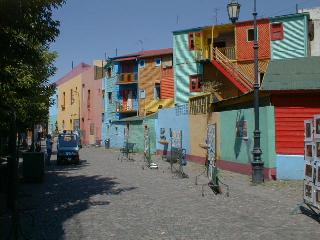 .
.
The symbol of immigrants solidarity is the Boca Juniors soccerteam, the former club of superstar Diego Maradona. The team plays at the estadio Camilo Cichero, more popularly know as La Bombonera. Of course, we have visited this stadion.
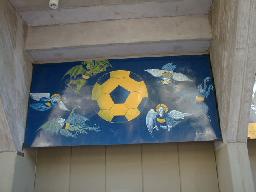
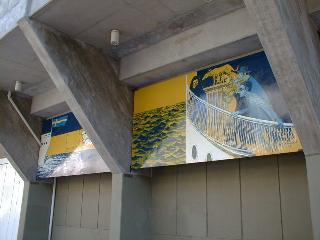
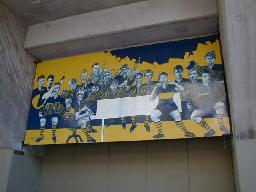
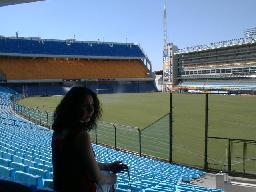
Another interesting is barrio Puerto Madeiro, at the Buenos Aires' waterfront, which has been the object of controversy since the 19th century. Eduardo Madeiro, a wealthy exporter in the 1870's proposed to transform the mud of the waterfront into a series of modern harbours. Although the harbour was built, due to several reasons the project failed. Over the past several years, though, developers have becun to recycle the red brick warehouses into a project resembling London's docklands or Rotterdam's 'Kop van Zuid'. Anyhow, we liked it very much and think that it will become a modern and vivant new barrio in Buenos Aires. Already now the many restaurants are full during lunchtime.
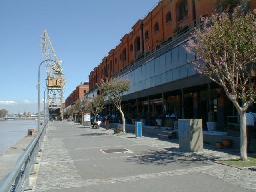
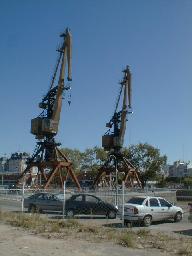
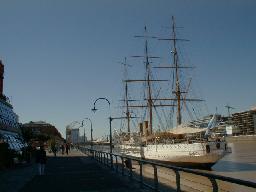
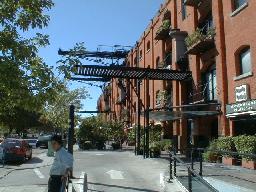
Another famous spot in Buenos Aires is the Plaza de Mayo in the equally famous barrio Montserrat. 'The Madres de la Plaza de Mayo' (the mothers of the persons who disappeared during the Dirty War of the military dictatorship between 1976 and 1983) still march around the obelisk in the centre of the plaza every Thursday afternoon. At the east end of the plaza is the Casa Rosada (presidential palace).
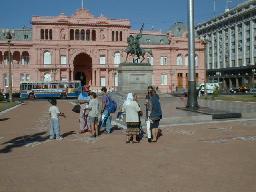
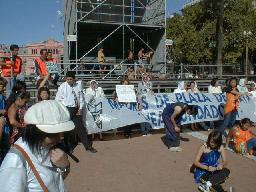
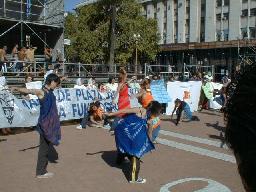
And last but not least Buenos Aires is famous for its tango. We have visited one of the many shows that are mainly visited by tourists. Of course you can also go to one of the dance clubs where you can enjoy the tango yourself.
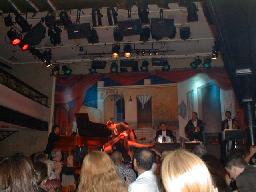
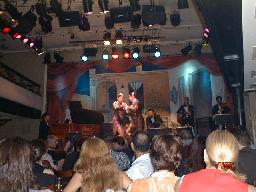
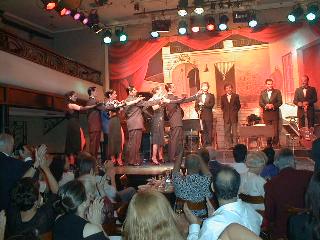
After having visited Buenos Aires we left for the waterfalls of Iguazu.
This story is for free. A short reaction would be nice: ![]()
![]() (voor making
decisions, Rotterdam, shopping, happinesstest and more)
(voor making
decisions, Rotterdam, shopping, happinesstest and more)
More travel stories
Books about Buenos Aires
Argentina's Tango Queen: Live in Buenos Aires
Three Perfect Days: Buenos Aires
Immigrants in the Lands of Promise: Italians in Buenos Aires and New York City, 1870-1914
Sex and Danger in Buenos Aires; Prostitution, Family, and Nation in Argentina
Cousins and Strangers: Spanish Immigrants in Buenos Aires, 1850-1930
Buenos Aires: Pocket Guide: With Excursions to the River Delta, Tigre, and Colonia, Uruguay
Buenos Aires: A Cultural and Literary Companion